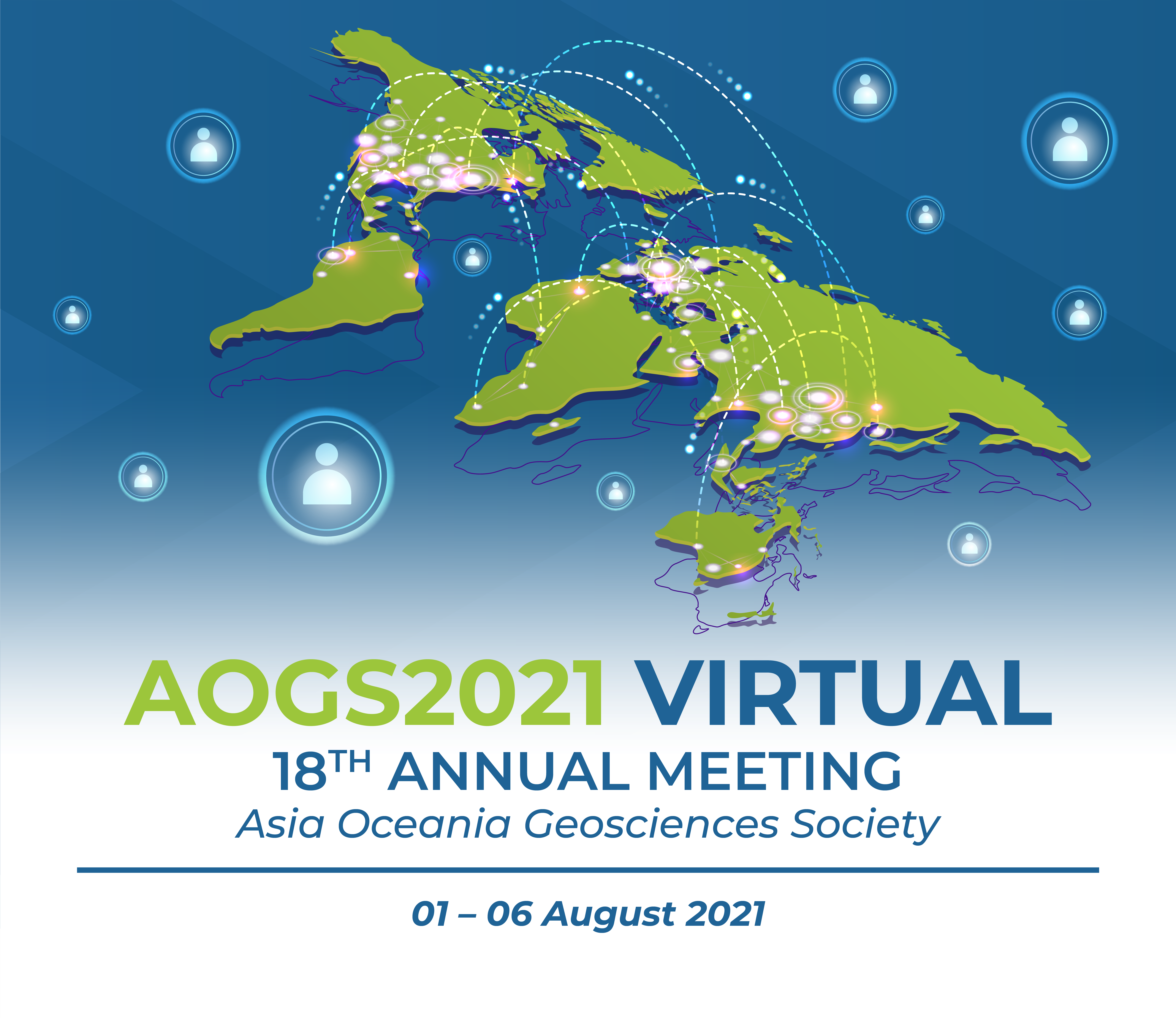

*Attend these AOGS2021 Webinars Free! – Registered Attendees Only
All AOGS e-news subscribers are eligible to attend. Please help us forward this information to your friends and
professional contacts. If not yet a subscriber, they need sign up for an account on MARS to receive
the complimentary invite. Not yet a subscriber?
Sign up Here to Receive Your Complimentary Invitation
Axford Lectures | Medal Lectures | Section Distinguished Lectures
All times shown are Singapore Standard Time (GMT+8)
| PS Section Lectures & Meeting | Room: WB2 |
| Transition | 13:00 – 13:30 |
| PS Kamide Lecture | 13:30 – 14:15 |
| PS Distinguished Lecture | 14:15 – 15:00 |
| PS Section Meeting | 15:00 – 16:00 |

Mon-02 Aug, 13:00 – 16:00, Room: WB2
Kamide Lecture - PS (Save a seat)
“Auroral Morphologies and Their Magnetospheric Drivers: from Earth to Giant Planets”
Zhonghua YAO
Institute of Geology and Geophysics, Chinese Academy of Sciences
In the giant magnetospheres of Jupiter and Saturn, plasma and energy may be injected from external (i.e., solar wind) and internal (i.e., moons and rings) sources. The rapid rotation of the planet, combined with highly variable solar wind conditions, continually perturb the magnetosphere. The extremely complex particle acceleration associated with these perturbations leads to energy dissipation in the magnetosphere and ionosphere. At the planet, auroral emissions are the signature of these processes. Therefore, remote sensing of aurora provides a global view for us to understand the energy dissipation in the magnetosphere-ionosphere coupling dynamics, which strongly complements spacecraft in situ measurements. The energy and plasma sources are driving magnetospheric dynamics and are often different at Earth and at giant planets; the fundamental plasma processes, coupling their magnetospheres and ionospheres, however, present many similarities. Therefore, it is hugely beneficial to exchange knowledge between the terrestrial and giant planets communities. Knowledge transfer can be highly valuable in understanding aurora morphologies and mechanisms in both terrestrial and planetary research. In this presentation, I will review recent updates on Jupiter and Saturn’s magnetospheric processes in driving their auroral dynamics. I will also present a new perspective and new results in comparing terrestrial and planetary aurorae.
Key collaborators: Denis Grodent, Bertrand Bonfond, William Dunn, Ruilong Guo
Biography
Dr Zhonghua Yao received PhD on the topic of substorm current system from Peking University in 2014. He then joined Mullard Space Science Laboratory (MSSL) at University College London as a postdoctoral research associate, working on current carriers in terrestrial magnetotail.
Since 2016 he became an independent researcher in University of Liege with the support of a Marie-Curie COFUND fellowship, working on Jupiter and Saturn’s magnetospheric dynamics, particularly on their auroral processes. His research often combines in situ measurement and remote sensing dataset, and shows a different perspective in comparing terrestrial and planetary fields. From late 2019, he started a new adventure in Institute of Geology and Geophysics, Chinese Academy of Sciences. Besides scientific research, he also tries hard in promoting remote sensing observatories for outer plants from China, and with strong collaborations with international communities.